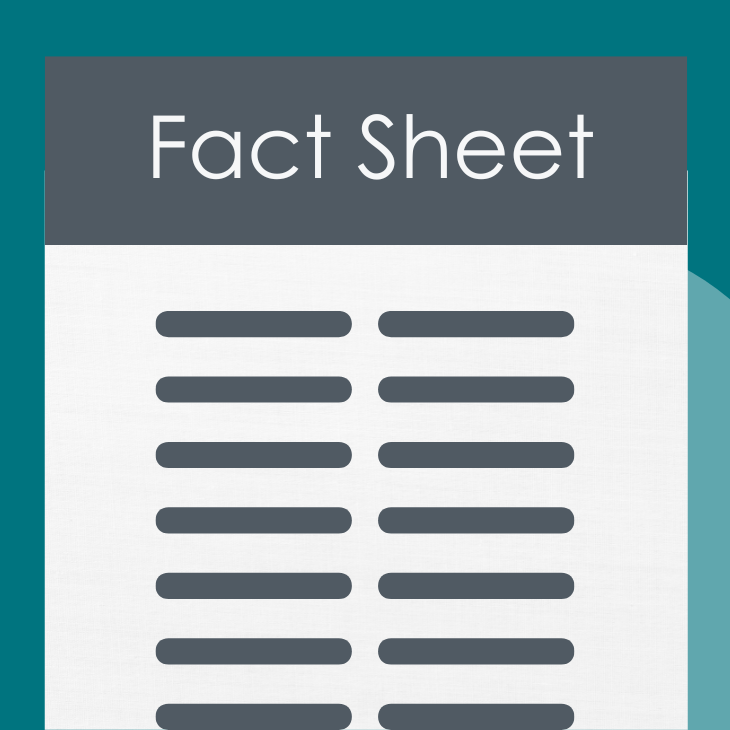
Revised 2023
The fallopian tubes are attached to the uterus (womb) on the left and right sides. Normally, the fallopian tube picks up an egg as it is released (ovulated) from the ovary each month, and this is usually where sperm and egg meet. Sperm travel from the vagina through the cervix and uterus to eventually meet the egg in one of the two tubes. Fertilization occurs when the egg and sperm join together to form an embryo (fertilized egg).

Damage and blockage of the end portion of a fallopian tube can cause it to become filled with fluid; the swollen and fluid-filled tube is called a hydrosalpinx. A normal pregnancy in the uterus may not occur with hydrosalpinx because the tube can be severely damaged and not work properly. A pregnancy may develop in the tube (ectopic pregnancy), which can be life-threatening. In addition, when the tube is blocked, secretions that collect in the tube may backflow into the uterus and prevent a pregnancy from implanting into the uterus.
What causes a hydrosalpinx?
Hydrosalpinx can be caused by an old infection in the fallopian tubes, sometimes a sexually transmitted infection. Other causes include previous surgery (particularly surgeries on the tube), severe adhesions of your pelvis, endometriosis, or other sources of infection such as appendicitis.
What are the symptoms of hydrosalpinx?
Most people do not have any symptoms other than fertility problems. In some people, an ectopic pregnancy may be the first sign of a problem with their tubes. Occasionally, some people may complain of regular or constant pain in their pelvis or lower belly, which may get worse during and after their period. A vaginal discharge can also be associated with this condition.
How will my doctor diagnose hydrosalpinx?
There are three ways to check if one or both of your tubes are blocked and if you have hydrosalpinx; one or more may be performed for diagnosis:
Hysterosalpingogram (HSG) (x-ray)

The doctor will inject a special liquid that shows up on an x-ray into your uterus through your cervix (lower part of the uterus) and then take an x-ray (called a hysterosalpingogram or HSG) to see where the liquid goes. If your fallopian tubes are open, the liquid will flow out of the ends of the tube into the pelvic cavity. If the tubes are blocked, the liquid will be trapped and your doctor will be able to tell that you have a hydrosalpinx. However, this test can sometimes falsely suggest that the tubes are blocked, and sometimes results can be difficult to interpret. For more information about HSG, please see the ASRM fact sheet titled Hysterosalpingogram (HSG).
Ultrasound
Your doctor may be able to detect the presence of a hydrosalpinx on ultrasound. If your tube appears enlarged on ultrasound, this usually indicates a more severe hydrosalpinx.
Surgery (laparoscopy)
Your doctor will make a small opening in your belly and insert a special telescope (laparoscope) to look at your uterus and fallopian tubes. During this surgery, the doctor can look at your fallopian tubes to see if they are blocked. Usually the doctor inserts a dye through the cervix into the uterus and fallopian tubes to confirm that the dye passes through the ends of the tubes. For more information about laparoscopy, see the ASRM booklet titled Laparoscopy and Hysteroscopy.
If I have hydrosalpinx, can I have a baby?
If both of your fallopian tubes are completely blocked, an egg cannot travel through them to your womb.
If there is too much damage to the tube(s), you will need treatment that does not involve the tubes to help you get pregnant, such as in vitro fertilization (IVF). In this procedure, your egg is joined (fertilized) with sperm in the laboratory. Then the doctor places the fertilized eggs (embryos) into your womb. Your doctor may recommend that your hydrosalpinx is removed or separated from the womb before you start IVF treatment, as the hydrosalpinx may lower your chance of pregnancy.
Female Fertility
Fact Sheets/Booklets
View more fact sheets and booklets written by the ASRM Patient Education Committee.
Menopausal Transition (Perimenopause): What Is It?
The menopausal transition (perimenopause) is the period that links a woman’s reproductive (childbearing) years and menopause.
Osteoporosis
Osteoporosis and osteopenia are conditions of having low bone mass (density).
Hyperprolactinemia (High Prolactin Levels)
Prolactin is a hormone produced by your pituitary gland which sits at the bottom of the brain.
Optimizing Natural Fertility
Before attempting pregnancy, a woman should make sure she is healthy enough for pregnancy by adopting a healthier lifestyle and taking prenatal vitamins. If she has a medical or genetic condition or risk of one, she should seek advice from a medical professional before conceiving (becoming pregnant)Find a Health Professional











